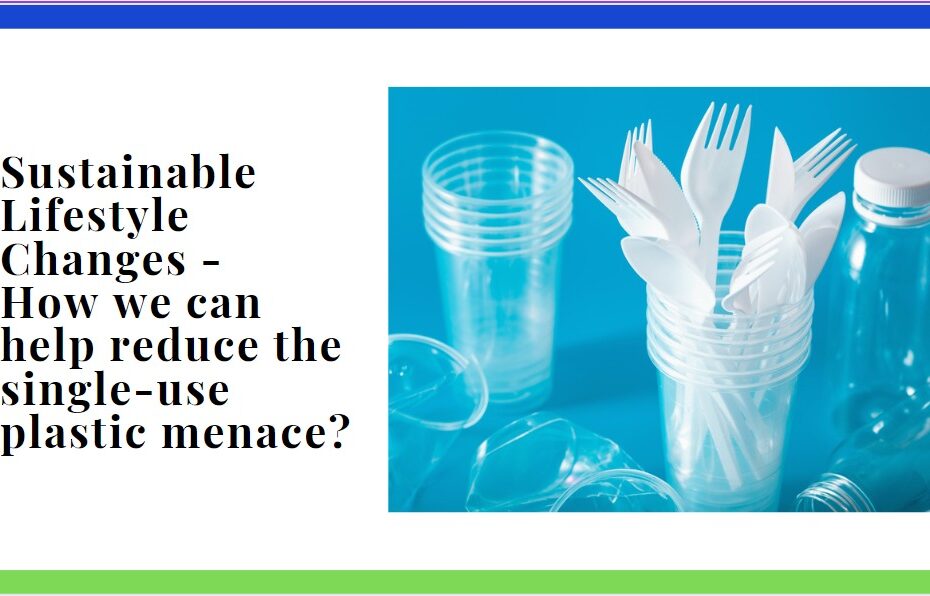We all use cutlery at home, at work, at the mall, or at a party. Plastic, aluminum, and steel are widespread materials used for cutlery. Single-use plastics are disposed of quickly and threaten our planet leading to plastic pollution and environmental degradation. According to the (2019-20) report published by the Central Pollution Control Board (CPCB), 34.7 lakh tonnes per annum (TPA) of plastic waste was generated in India in the year 2019-20. The Minister of State in the Ministry of Environment, Forest and Climate Change has stated that 15.8 lakh TPA of plastic waste was recycled and 1.67 lakh TPA was co-processed, which is nearly 50% of the total plastic waste.
The remaining 50% of the single-use plastics end up either in landfill or on our ocean floors, endangering the lives of many wildlife creatures. As per the findings of UNEP’s report on Single-use plastic tableware and its alternatives – Recommendations from Life Cycle Assessments, plastic plates (together with cups) were the sixth most common item found on beaches across 116 countries. The report further found that the manufacturing process of all single-use tableware has the most significant impact on the environment, including material production and product manufacturing. It is estimated that 3.8% of global greenhouse gas emissions arise from the plastic lifecycle. A report released by the Center for International Environmental Law in 2019 finds Greenhouse Gas (GHG) emissions from plastic could reach over 56 gigatonnes, 10-13% of the remaining carbon budget by 2050, if left unchecked.
India has recently notified a nationwide ban on single-use plastic items from July 1, 2022. The list of banned items includes various everyday items such as plates, cups, spoons, forks, straws, stirrers, and knives made from plastic. The nationwide ban is a step in the right direction, which has to be complemented by changes in consumer behaviour.
Here are some suitable alternatives to single-use plastic cutlery or tableware which are more environmentally friendly:
- Our Indian traditional way of eating on banana leaves and with our hands promotes healthier eating habits and avoids cutlery altogether.
- Carry your steel-based bottles or cutlery to work or for events wherever possible.
- Avoid the use of single-use plastic straws and cups.
- Say no to additional cutlery while you take out your food.
- Rent out cutlery for any events, parties or gatherings
- Use innovative new-age cutlery made from eco-friendly materials such as sugarcane waste, wood or edible cutlery.
References
- https://www.conserve-energy-future.com/environmental-impact-plastic-cutlery-and-solutions.php
- https://www.livemint.com/news/india-generates-3-6-lakh-million-tonnes-plastic-waste-50-of-it-is-recycled-11660029497756.html
- https://cpcb.nic.in/openpdffile.php?id=UmVwb3J0RmlsZXMvMTI0M18xNjE2NTYxOTAxX21lZGlhcGhvdG8xMTgzNi5wZGY=
- https://pib.gov.in/PressReleaseIframePage.aspx?PRID=1837518
- https://www.lifecycleinitiative.org/wp-content/uploads/2021/03/UNEP-D001-Tableware-Report_Lowres.pdf
- https://www.ciel.org/project-update/plastic-climate-the-hidden-costs-of-a-plastic-planet/
- https://curiositysavestheplanet.com/traditional-india-practices-sustainable-food/
- https://www.thebetterindia.com/282033/banana-leaf-indian-food-recipes-health-benefits/
